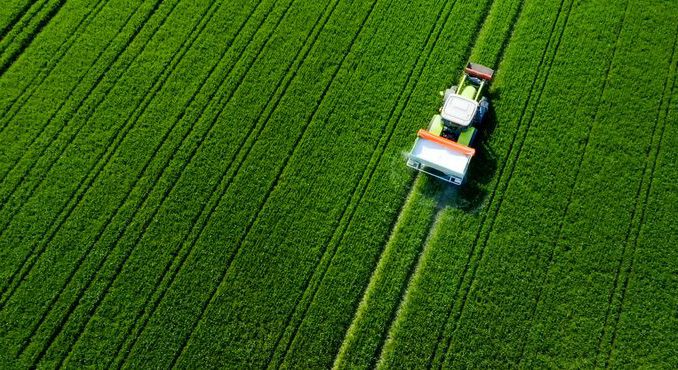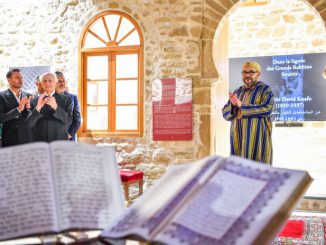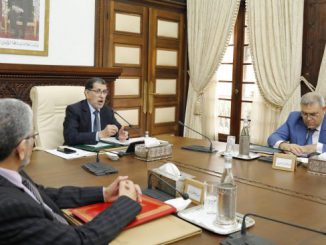
The Agricultural Show is in its full form in Paris, as it is every year. It is an opportunity, at a time when the French agricultural world is going through a difficult period in its history, between ” agri-bashing ” and new societal aspirations, to feed the debate, to open up perspectives, to look beyond our fields and mountains, and to look at what is being done and being successful elsewhere. In this respect, Morocco represents an original, efficient and inspiring model of agriculture.
While there is obviously no question of wanting to bring agricultural practices specific to the Maghreb region to Europe, the Moroccan experience shows that, with determination, it is possible to develop the sector by adapting it to the economic requirements of the 21st century, while ensuring the well-being of the population and respecting the environment. At a time of global warming and a profound questioning of our relationship with rural areas, this is not the least of our successes.
A new green revolution is indeed at work in Morocco. A new agricultural strategy has just been adopted under the name “Green Generation”, a roadmap that runs until 2030 and responds to King Mohammed VI’s request for a “global and ambitious reflection for the development of the sector”. Unpublished, this strategy led by the Minister of Agriculture Aziz Akhannouch is nevertheless in line with a long-term vision.
In 2008, the Green Morocco Plan (GMP) aimed to modernize Moroccan agriculture and to develop the country’s rural areas by focusing on large farms, mostly export-oriented, and on food-producing agriculture. Two main objectives were set: to double agricultural GDP and to double agricultural income in order to reduce poverty. With an investment of 147 billion dirhams, the GMP has already contributed to support both irrigation and mechanization, the processing of agricultural products and the genetic improvement of seeds.
“Generation Green” should enable Moroccan agriculture to become much more efficient. The main objective remains to double the sector’s share of the kingdom’s GDP, which currently stands at 12.3%. It is also a question of lightening the trade balance by exporting more, and more products with high added value: the value of agricultural exports should thus rise from 34.7 billion dirhams in 2018 to 60 billion in 2030. In addition, one million hectares of collective land will be mobilized, which should create some 350,000 new jobs.
Eventually, we should see the emergence of a new generation of agricultural middle class in Morocco. Agricultural insurance, generalized social protection, reduction of the difference between the minimum agricultural wage and that in other sectors, etc., etc. These proactive measures should enable 400,000 Moroccan households to join this middle class, which would then include nearly 700,000 households – even though the sector accounts for four out of every ten jobs in the country and provides an income, directly or indirectly, to 15 million Moroccans.
Finally, the new plan initiated by King Mohammed VI gives pride of place to agricultural entrepreneurship. Various aids and encouragements should enable 180,000 young farmers to start up. And 150,000 young people will benefit from ambitious vocational training measures between now and 2030. The digital component is not to be outdone, with “Generation Green” planning to connect at least two million farmers to digital service platforms.
It will therefore come as no surprise to learn that Morocco is a model in terms of agricultural policy. Particularly on the African continent, whose countries share certain characteristics with the kingdom and are, like it, among the most exposed to the consequences of climate change. 35% of Africans suffer from hunger and malnutrition, in particular due to failing agricultural systems. This is why several States, such as Senegal and Gabon, have followed in Morocco’s footsteps and adopted their own “green plans”.
Morocco’s agricultural ambitions also enable it to strengthen its position as the leading African investor on the continent, with the kingdom having invested the equivalent of nearly 3.5 billion euros between 2003 and 2019. Thanks to the GMP, Morocco has, for example, acquired valuable experience in soil fertility mapping, sustainable agriculture and the adaptation of fertilizers to soil types, skills that it exports to its African partners.
A win-win relationship, which on this side of the Mediterranean we would do well to draw inspiration from.




Be the first to comment